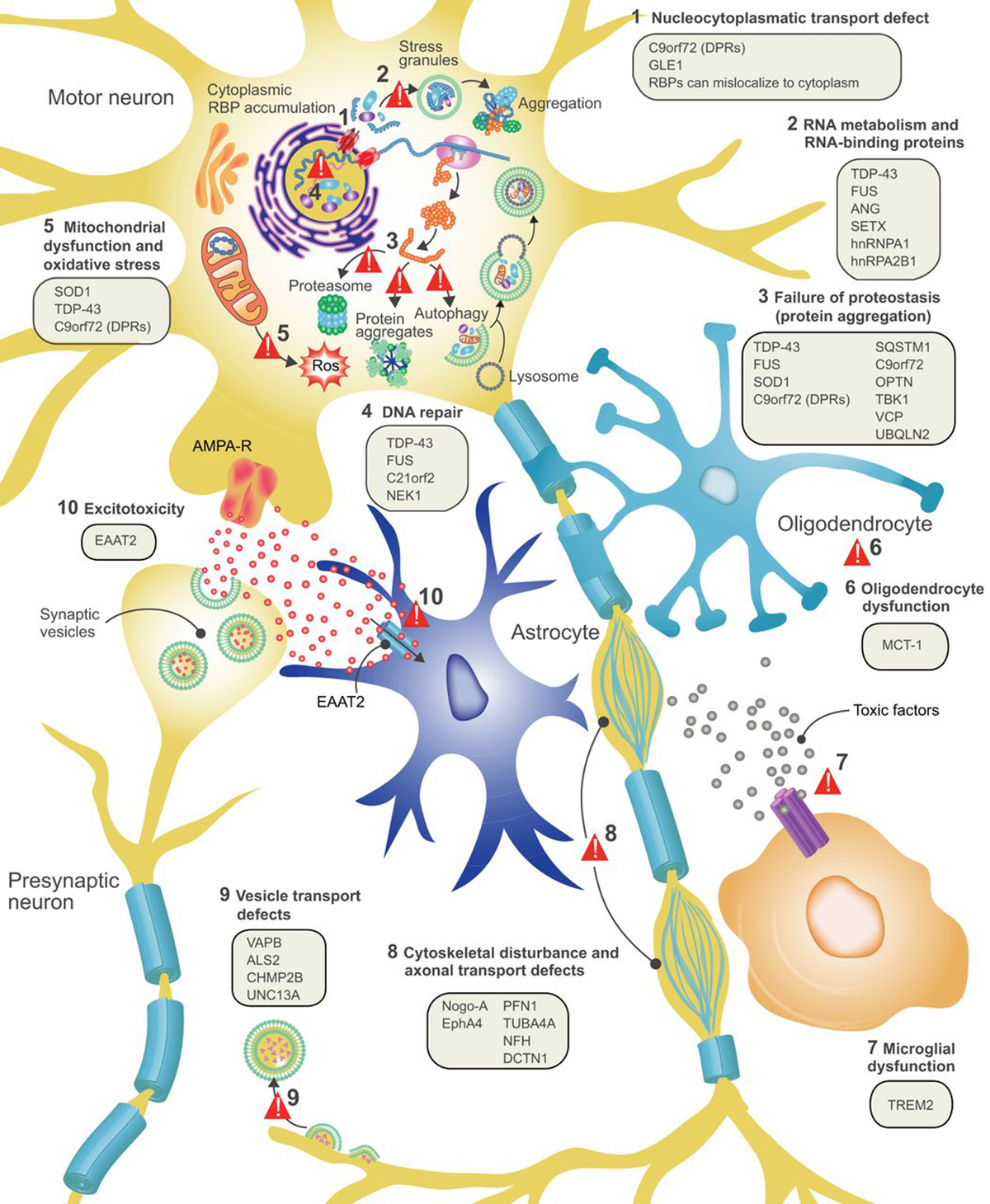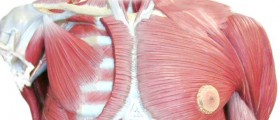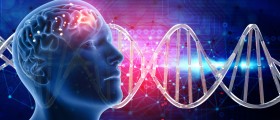
Amiotrophic Lateral Sclerosis (ALS)
ALS is a serious disease of the central and peripheral nervous system. The cause of the disease is unknown so far, except for rare hereditary forms. ALS has nothing to do with multiple sclerosis, those are two entirely different diseases. The disease usually occurs between the age of 50 and 70. Younger adults are rarely affected by this disease. Also, men are more affected than women (1.6: 1).ALS affects only motor nervous system. The feeling of pain, touch and temperature, senses - vision, hearing, smell, taste and bladder and bowel function and intellectual ability remain normal.
Motor system that controls our muscles and movement is affected in both parts - central (brain, cerebellum, spinal cord) and peripheral (Motoneurons).
Motoneurons disorder leads to atrophy, muscle weakness and side-twitch (fasciculations). If motor nerve cells in the cerebellum are affected, there is a weakening of muscles which control speech, chewing and swallowing. This form of ALS is called progressive bulbar paralysis.
Affected motoneurons in the spinal cord lead to atrophy and weakness of the hands, feet and respiratory muscles.
Disease of the central motor system which includes the nerve cells in the cortex and their connections with the spinal cord, leads to weakness and increased muscle tone (spastic paralysis). In addition, there are improved reflexes.
Causes
ALS usually isn’t a hereditary disease but occurs sporadically. Also, it is not contagious disease.There are two theories about ALS origin. First theory suggests presence of free radicals due to gene mutation which encodes copper / zinc-superoxide dismutase (SOD1). Free radicals that are not removed because of this enzyme cause deterioration of motor neural cells.
Another theory represents view that ALS disease is excitotoxic damage due to insufficient elimination of glutamate form synapses area.
There are theories that ALS is caused by exogenous factors such as environment, viruses and toxins.
ALS Early Symptoms
The first symptoms may appear in different places in individual patients. Atrophy and weakness may firstly occur in the hand and forearm muscles of one side before it spreads to legs and the other side of the body. The beginning of the disease rarely occurs in leg and foot muscles or the upper arm and shoulder.
One group of the patients experience the first symptoms in the muscles for controlling speech, chewing and swallowing. First symptoms as spastic paralysis are very rare.
Patients complain about unwanted muscle twitch (fasciculations) and painful muscle spasms already in the early stages of ALS.
The disease progresses smoothly over the years, spreading to other parts of the body and shortening life expectancy.
















Your thoughts on this
Loading...